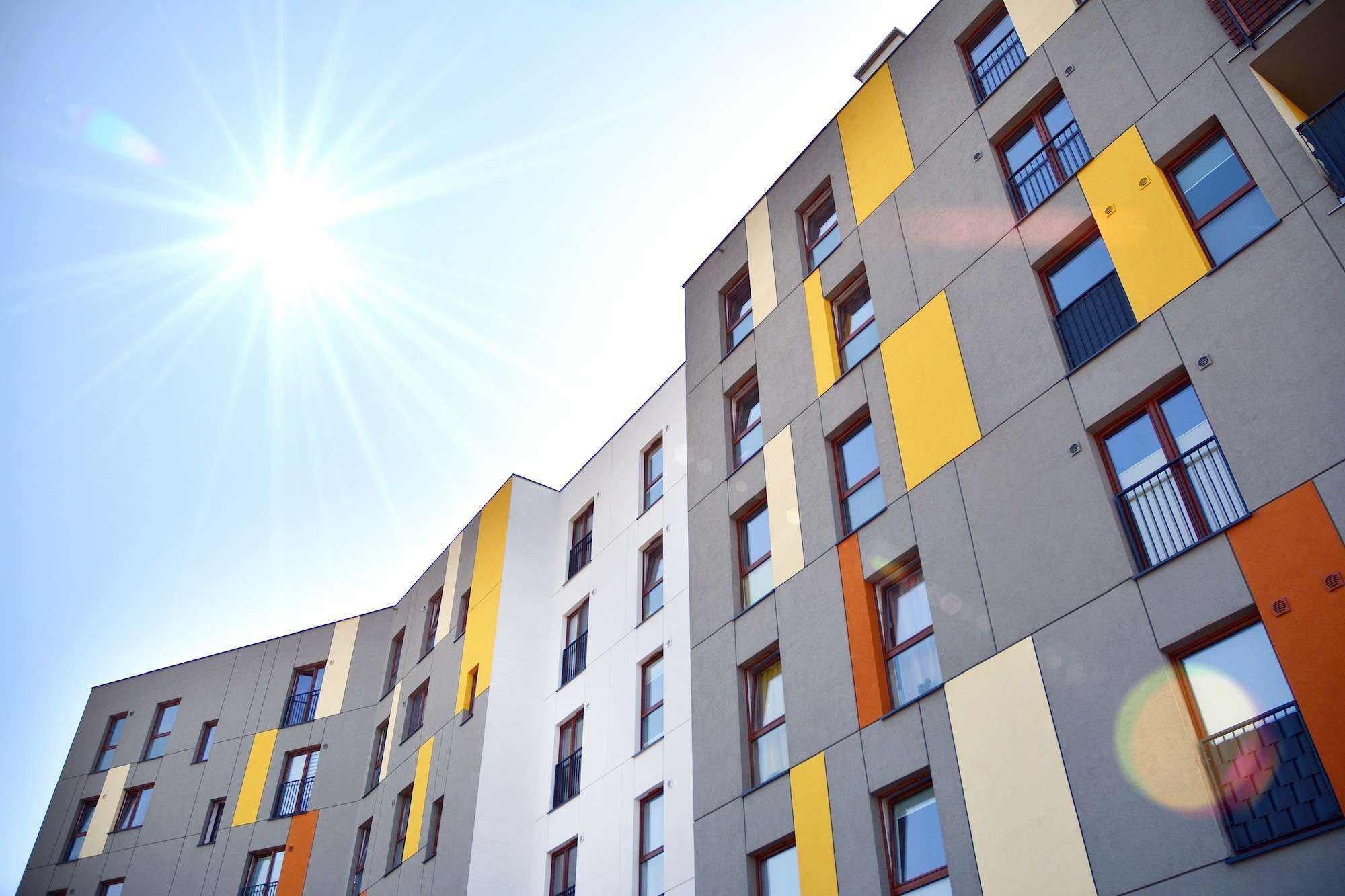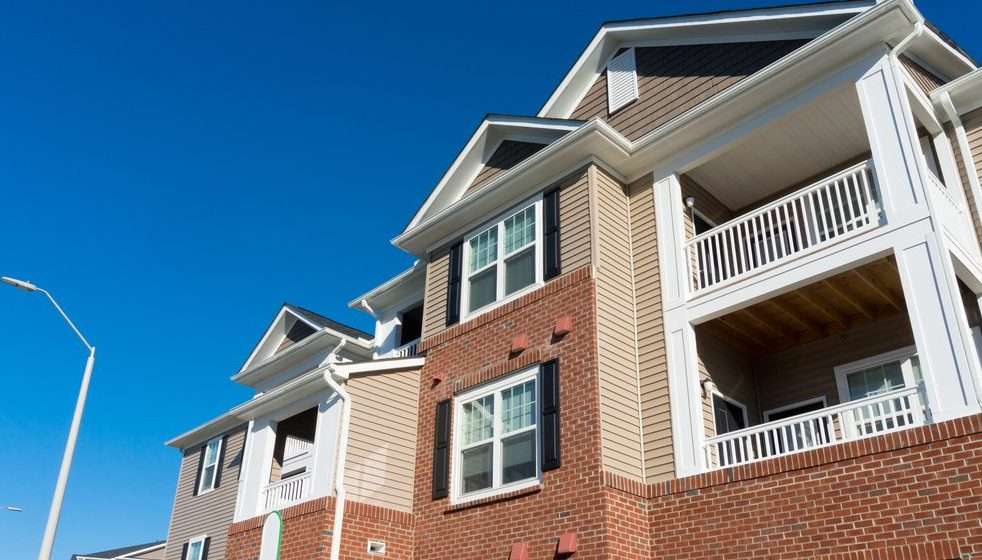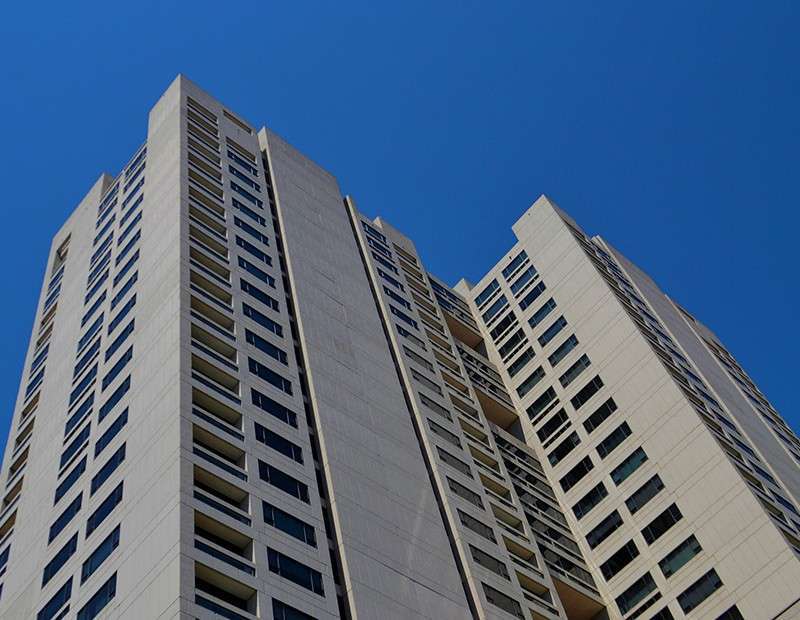INTRODUCTION
Commercial real estate investing as an alternative investment strategy is nothing new, but it is still a mystery to many investors.
Commercial real estate or CRE has historically been rich with benefits, providing many investors with attractive risk-adjusted returns. As an alternative asset class, it also has a track record of delivering robust portfolio diversification.
There are some key differences between commercial real estate investments and traditional investment vehicles, such as stocks and bonds. Unlike stocks and bonds, which have high liquidity and can typically be bought and sold quickly and easily, commercial real estate is relatively illiquid. One of the select few investments is considered a hard asset. Most often, stocks are purchased for their selling potential rather than their capacity as a source of consistent income. Hence the “buy low, sell high” idea you often hear.
However, like stocks, public market investments also have a higher potential for volatility, a side effect of the public market’s high efficiency, which allows high-speed and secure trading. On the other hand, private markets tend to be less efficient and slower, but those qualities also mean they are less volatile.
We are going to discuss ten reasons why you should consider investing in commercial real estate this year.
1. THE RETURNS
Commercial real estate is a particularly attractive option due to its ability to deliver a stable rate of return over long periods of time, with a relatively low-risk factor. The National Council of Real Estate Investment Fiduciaries (NCREIF) Index has reported an average annual return of 8.8% over the past 15 years, which is almost 200 basis points above the average performance of the S&P 500 for the same time frame. Additionally, a major portion of the returns from commercial real estate is realized monthly in the form of rent, often secured by a corporate guarantee. Most gains in the stock market are in the form of appreciation and are only realized if and when you sell. An investment strategy often begins with purchasing a property to make money in two possible ways: first, by leasing the property and charging tenants rent in exchange for the use of the property, and second, by capturing appreciation of the property over time. Commercial real estate can succeed as an investment by producing rental income from a tenant or multiple tenants. Rental income, in turn, becomes the revenue for the property owner. The second opportunity for returns and profitability of a commercial real estate investment comes from any increase in the property’s equity value – or appreciation – over the period of ownership. Properties can also lose value, and even the most disciplined, proven investment strategies can’t guarantee gains because outside economic forces can impact a real estate investment’s value. All types of property have the potential for appreciation in asset value and profitability, from raw land to a site home to extensive apartment housing already developed.
In summary, a hard asset with a secure lease can deliver safe, secure, and stable returns, all while enjoying the benefits of appreciation over time.
2. PASSIVE INCOME
Time is our most valuable commodity. Unlike money, we cannot store up minutes on a clock, which can be earned, saved, and invested. We’re all allotted the same amount of time each day, but what we do with this gift varies widely. Ideally, we should be able to reduce the amount of time spent earning money so that we can spend more of our precious minutes on more fulfilling endeavors. What if you could earn money without having to lift a finger? This notion of making your money work for you so that you can focus on the more important and enjoyable aspects of life is often referred to as “passive income.”
Creating streams of passive income is quite possibly one of the most significant and vital ways to acquire wealth. And, within this realm of making your money do the work for you, investing in commercial real estate is considered a gold standard. Throughout history, the purchase of land and property has been the most constant and reliable source of investment revenue. But, historically, this type of investment has been reserved only for the wealthiest of individuals.
The historical problem with investing in commercial real estate is the high purchase price for quality properties. This creates a barrier to entry that was previously insurmountable by 97% of Americans. The poor man’s alternative to commercial real estate owns residential rentals. The sad reality here is that owning and operating a residential rental is anything but passive.
A powerful way to achieve passive income is to purchase real estate that is paired with a NNN lease structure. This type of lease ensures that the tenant or tenants are responsible for maintenance, improvements, and property taxes. Because of the passive nature of a NNN lease, you won’t have to worry about tenants, trash, and toilets—the typical headaches that come with being a landlord. Instead, you focus on what you care about most–putting your money to work for you—and not the other way around!
3. CASH FLOW
Quality commercial real estate investments typically deliver steady cash flow with income distributed to investors monthly. Ideally, a highly occupied rental property will produce a steady cash flow and consistent returns. Many owners aim for a 90% occupancy rate or higher. It is important to closely consider vacancy rates and occupancy rates for the areas in which you’re considering investments.
Commercial real estate leases are usually longer than residential leases; therefore, predicting cash flow year-over-year is easier. Because a large public corporation often guarantees commercial rents, periodic interruptions are uncommon. Getting your monthly check is sure, secure, and stable.
Unlike publicly-traded stocks, direct commercial real estate investing can provide stable cash flow in the form of rental income, often without the volatility of public investments. Adding real estate to an investment portfolio can offer the benefits of new cash flow, long-term appreciation potential, and portfolio diversification.
4 LIFESTYLE
While passive income might not be the answer to all your immediate problems, it is the pathway to success and most certainly the foundation for wealth and happiness. When you are not stressed just to make enough money to pay the bills and no longer live from paycheck to paycheck, mental clarity and emotional catharsis set in. You become free from the shackles of a 9-to-5 job and begin embracing a more fulfilled
life.
You are not tied to your rental property when you invest in high-quality commercial real estate. The Triple T Monster—Trash, Tenants, and Toilets—has no power over your lifestyle. Commercial real estate investors figured out long ago how to pass The Triple T Monster off to the tenant by creating a long-term lease structure that pushes all maintenance, tax, and insurance responsibility to the tenant.
5. DIVERSIFY RISK
The overwhelming majority of Americans with retirement savings are invested in stocks and securities. Good financial advisors have them diversified between asset classes.
However, most individuals are unaware that they can own commercial real estate in their retirement accounts and thus are not diversified into the most stable asset classes. When purchasing commercial real estate, finding the right property(ies) to invest in can
provide the safety, security, and stability that you won’t find in the stock market. It can yield solid rates of returns that you can’t find in quality bonds. Commercial real estate with a net lease, a single-tenant, a long-term lease, and a lease guaranteed by
investment-grade corporations can allow for peace of mind and bring diversity to your portfolio. With commercial real estate, the risk is mitigated without negatively impacting your rate of return.
Historically, investing in commercial real estate as an alternative asset has provided millions of investors with attractive risk-adjusted returns and portfolio diversification.
6. SHELTERED CAPITAL GAINS
The uber-wealthy create, store and transfer wealth in commercial real estate. One of the principal reasons for this is the favorable tax consideration offered by Section 1031 of the IRS code. Often referred to as a “1031 exchange”, this section allows investors to defer paying taxes when they sell investment real estate and reinvest the proceeds from the sale in investment real estate of equal or greater value. Taxes that need to be paid on depreciation recapture, federal capital gains, state taxes, and NIIT are all deferred. If you own investment real estate and are looking to sell, you will want to become very familiar with the pending tax liability and potential strategies to defer these taxes. Effective use of a 1031 strategy allows investors to create, store, and transfer wealth tax-free. It would be best if you planned in advance to take advantage of this deferment strategy. You should always contact a 1031 exchange specialist before selling your current property.
7. ASSET APPRECIATION
Real estate investments historically appreciate in value. Real estate values almost always recover as long as you can wait out a cycle. In the stock market, virtually all of your gain is realized by buying and selling at the right time. Most of your gain is captured in rents guaranteed by your corporate tenant with investment real estate. In addition to rental income, owners of quality commercial real estate also stand to benefit from the intrinsic nature of real estate value appreciation.
Appreciation is any increase in the property’s equity value over the period of ownership. Properties can also lose value, and even the most disciplined, proven investment strategies can’t guarantee gains because outside economic forces can impact a real estate investment’s value. All types of property have the potential for appreciation in asset value and profitability, from raw land to a site home to extensive apartment housing already developed.
8. TANGIBLE ASSETS
One fundamental advantage to a commercial real estate investment is that hard asset back it. This class of investment differs dramatically from buying shares in a company. Companies come and go, but real estate is something tangible that investors can touch and feel. Your commercial occupants may change over time, but the property itself will not evaporate through bankruptcy or corporate restructuring.
9. PASSIVE INCOME CONSIDERATION
Until 2018, US Tax Code considered all income from real estate as passive income. This is important because the owner is not required to pay Social Security or “Self Employment Tax” on the income as passive income. Last year, Congress removed the specific exclusion for real estate from the tax code. This leaves the burden of proof on the taxpayer to assert that the income derived is passive in nature. Tax experts differ on the impact this will have on small rental property investors that spend countless hours dealing with their tenants.
But, most experts agree that commercial real estate investments with professional management will continue to avoid this 15% tax burden.
10. DEPRECIATION
This word carries such a negative connotation, but it is a gift afforded to owners of investment real estate in the tax code. The IRS allows real estate investors to depreciate (write off) a portion of the value of their real estate every year. This tax advantage often translates into receiving 30% of your rental income free of federal, state, and local taxes.
This “depreciation” is allowed even though, with proper maintenance and under good market conditions, the value of the property is actually appreciated.
If you are an experienced rental property owner who benefited from depreciation, be aware that the IRS might want some of that money back when you sell. Depreciation is one of the most significant and most advantageous deductions for real estate investors because it reduces taxable income but doesn’t reduce your cash flow–a magical tax deduction. The IRS allows real estate investors to depreciate their investment property over a period of time, 27.5 years for residential rental investments and 39 years for commercial properties, saving landlords and investors thousands of dollars in taxes every year.






